A simple and reliable solution for identifying the presence of H. pylori bacteria, the common cause of stomach ulcers. Get the answers you need to manage your health from the comfort of your own home.
If you’ve been experiencing persistent stomach pain and are struggling to determine the underlying cause, it may be wise to consider testing for a stomach ulcer. A stomach ulcer is a common digestive condition that can cause discomfort and pain in the upper abdomen and it is crucial to identify and treat the condition promptly, to prevent it from worsening.
Stomach ulcer pain is typically described as a gnawing or burning sensation, usually felt in the centre of the tummy. If you’re experiencing these symptoms, it is essential to take the necessary steps to diagnose the condition accurately.
Our home-use stomach ulcer test kit is an effective and reliable solution designed to detect H. pylori antigens in the stool sample. H. pylori bacteria are a leading cause of stomach ulcers and identifying their presence can provide critical insights into your condition.
The test is designed to be swift, easy and affordable, providing you with the convenience of testing from home. With a positive test result you can promptly consult with your GP, to develop an effective treatment plan tailored to your needs.

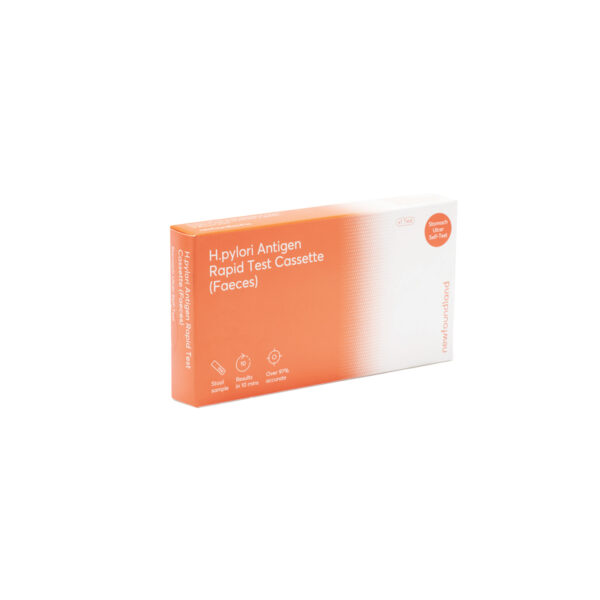
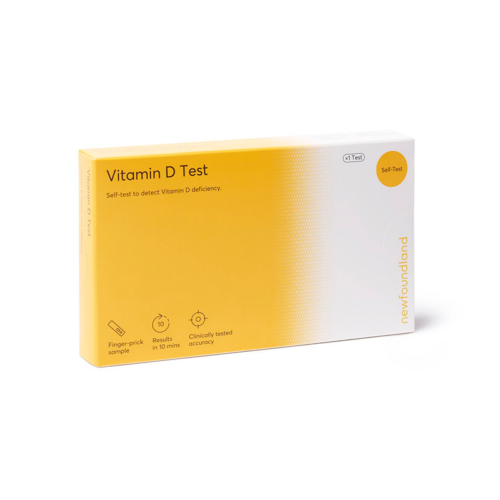
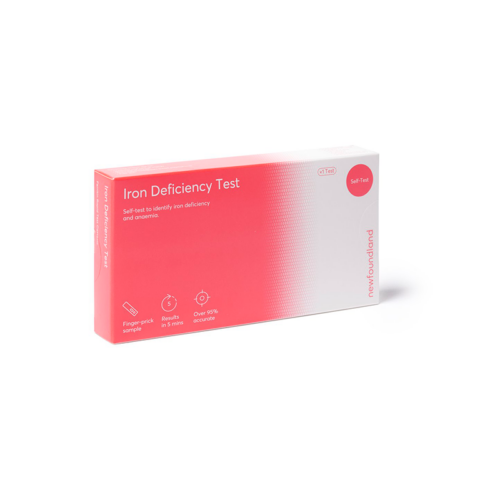
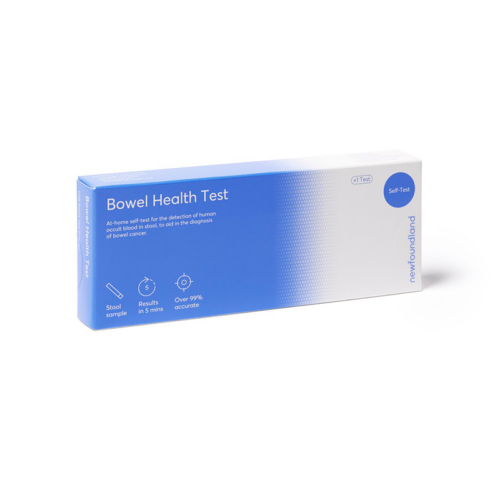
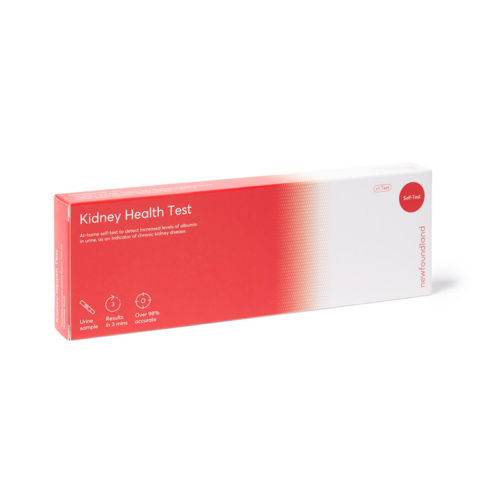
Reviews
There are no reviews yet.